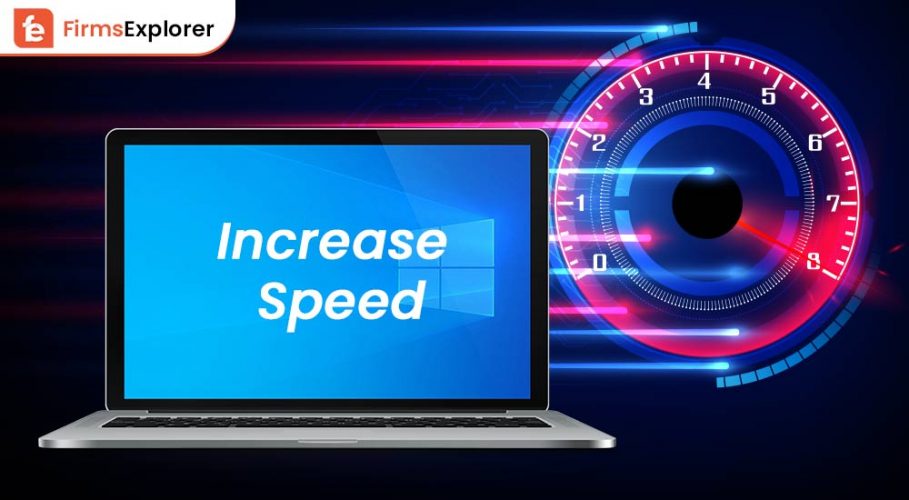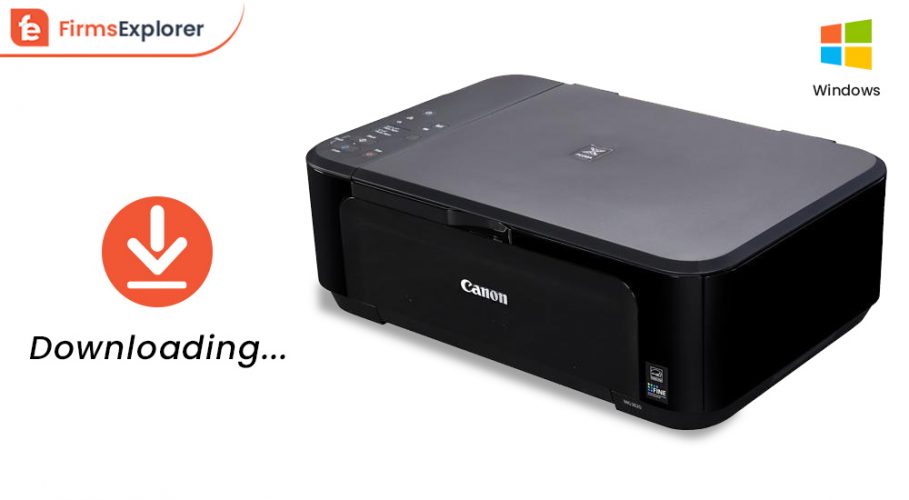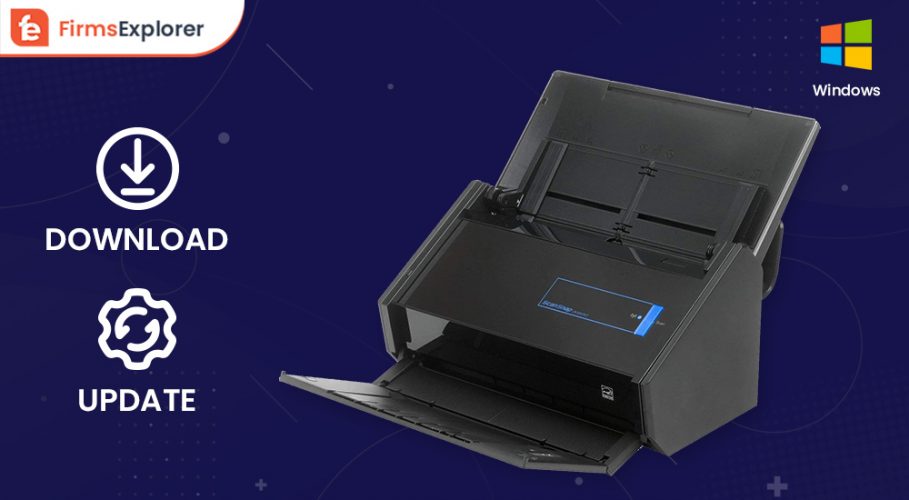
If your computer is slowing down and not functioning well as it once did, boosting your Windows 10 settings can help you increase your computer speed and make your PC more productive. Although Windows 10 is one of the most effective operating systems available, it has several features that can strain your PC’s resources and reduce its speed.
For its most recent version of Windows 10, Microsoft even introduced built-in capabilities to increase productivity. However, your computer’s performance may still be sluggish. Slower speeds may be caused by factors like a shortage of storage or weaker hardware. So, if your Windows 10 PC is slow, how to increase the computer speed of your Windows 10 PC?
There are a few things you can do to speed up Windows 10 and restore your Windows 10 to peak performance, ranging from removing unwanted software and programs to upgrading the hardware. Try out these suggestions on how to increase computer speed and reduce the likelihood of performance and system problems if you want to optimize Windows 10. It only takes a few minutes. So if you are wondering how to increase computer performance, you can follow these simple tips to increase system speed in Windows 10.
There are ways to revive your once-shiny, brand-new Windows 10 PC if it has started to lose some of its shine. Here are several quick, simple techniques on how to increase computer speed in Windows 10 PC so that you can boost performance without replacing the hardware.
So if you are thinking about increasing PC speed in your Windows 10 computer, the most likely cause of your computer taking a long time to boot up is too many programs slowing down startup. This implies that several pointless websites and apps might be running in the background, slowing operations even after Windows has fully booted. The solution is as follows:
There’s a probability that your computer arrived with many undesirable programs sluggishly operating in the background. They are frequently referred to as “bloatware” and rarely used. Spend a few minutes removing any programs from your computer that you don’t want or need. That’s one way how to increase computer speed. Please follow these steps to do that:
That’s one simple and basic tip on how to increase the PC performance of your computer.
There could be a poorly written procedure using many resources on your machine. Right-click the taskbar and choose Task Manager to find out. (Again, click More details if you don’t see any tabs at the top of the window.) To sort by processor utilization, click the CPU column header on the Processes tab. The objects at the top will be using up the most CPU. (If all of the top processes utilize 0%, the processes are arranged incorrectly. Once more, click the column heading.) Don’t automatically assume that the top process is a hog.
The CPU cycles are worthwhile for some large applications. Closing these programs when you’re done with them is one approach to handling them. Another option is to change to a minor program. However, exercise caution when concluding procedures! Some might be essential to Windows or might unintentionally end the program you’re using. Within Task Manager, a process can be terminated. Once you’ve chosen a process, click the Finish task button to confirm your choice. If Windows alerts you that a process is crucial to Windows, take caution. When finished, repeat the process by clicking the Memory column header.
There are numerous special effects in Windows 10; some are overt, while others are more subtle. They increase the excitement and enjoyment of using your computer, but they may also cause your PC to run more slowly, especially if it is older or has a slower processor. These special effects can be disabled in the following manner.
That’s another practical suggestion on how to boost CPU performance in Windows 10 computers.
You might not have realized it, but various Windows surfaces include subtle transparency effects. For instance, if you open the Start menu, you should be able to make out the faint, hazy outline of whatever is concealed behind it. You can altogether disable it if you don’t want to give up processing performance for such a negligible effect (and probably not notice the aesthetic difference).
Depending on how your power and disk management controls are configured, your computer may not be operating at full capacity. Windows offers several power plans that purposefully slow down your PC to extend your laptop battery life. How to pick a higher power plan is as follows:
Keeping your PC up to date is a must to increase PC speed. Microsoft regularly releases Windows patches and updates, many of which focus on enhancing your computer’s security, but some also improve performance. To check if any updates are awaiting installation:
There are a few third-party system cleanup software and utilities for Windows 10 that may help to increase computer performance. Most of these utilities boost CPU performance for Windows 10 PC, but sometimes only slightly.
In addition, plenty of malicious downloads are out there claiming to speed up your PC, so be sure to stick with a product that has been tested and vetted. PC speed booster for games is a good option, for example. You can download the full version of the PC speed booster on Windows 10 for free, which would possibly help to increase your computer speed.
If these suggestions on how to increase computer speed in Windows 10 PC didn’t work out. Increasing your computer’s memory and storage can also significantly boost its performance. A solid-state drive (SSD) can be a benefit if your computer has a conventional hard disc with rotating metal platters. Like a USB flash drive in memory type but substantially faster, an SSD enables Windows to boot up considerably quicker and programs to launch much more quickly.
The single most significant enhancement you can make to a PC is adding an SSD, which may have a more substantial impact than switching to a model with a faster processor. Adding more memory can also be beneficial if you frequently use your computer for resource-intensive activities like photo editing, video production, or gaming. For Windows to operate well, your computer needs at least 4GB of RAM, while more memory can boost CPU performance in Windows 10.
So these are some simple and effective tips on how to increase computer speed on Windows 10 PC. You don’t have to worry about how I can speed up my computer; these suggestions would really help to increase the PC speed of a slow computer. However, after trying these suggestions, if your PC still feels sluggish, it may be time to change your hardware.

January 8, 2022

January 17, 2022

October 12, 2022
Deprecated: File Theme without comments.php is deprecated since version 3.0.0 with no alternative available. Please include a comments.php template in your theme. in /home/firmsexplorer/public_html/wp-includes/functions.php on line 5613